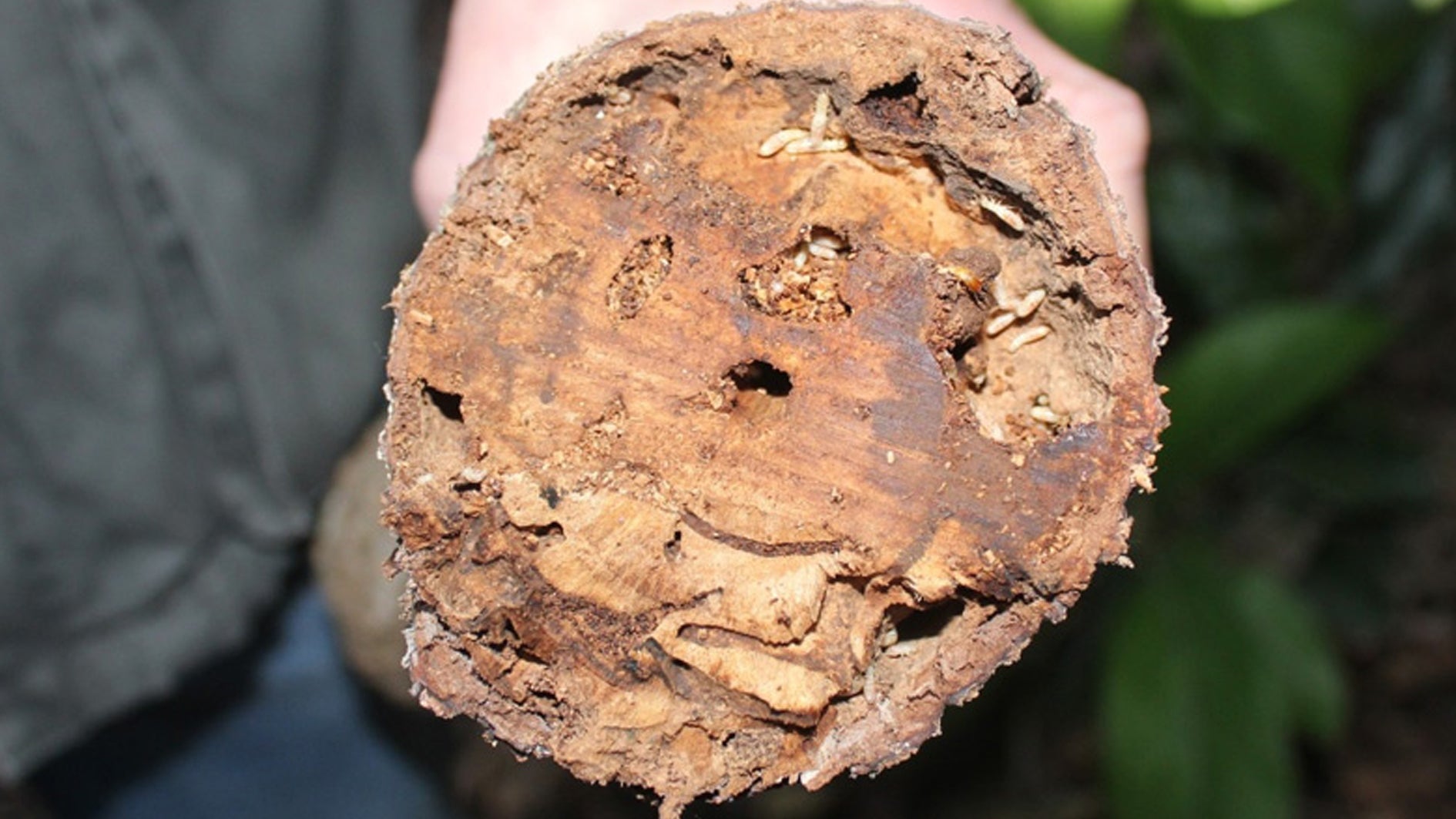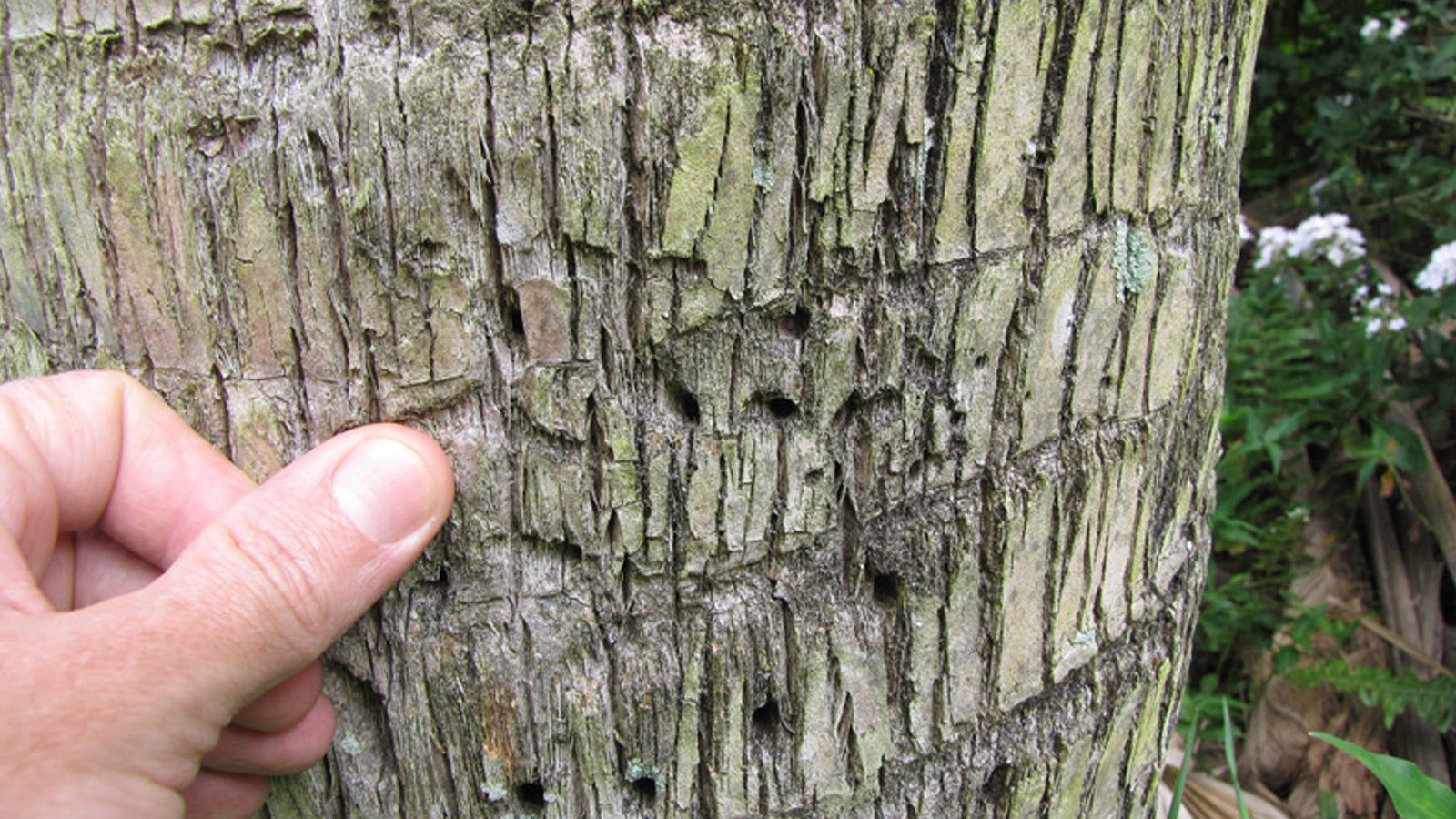
Lemon Tree Borer
21 Aug, 2021
The adults are longhorn beetles that vary in colour from red/brown to black. The larvae tunnel into trees and cause 2 main types of damage. For most of the year they tunnel into the main stem and larger branches, but in December they dig into smaller twigs, causing these branches to die.
Branches that are dying back are often a sign that borer is active in the branch. Inspect thoroughly looking for small holes and a sawdust like substance called Frass.
Prevention
The adult beetles are active through spring, summer, and autumn. Where possible, prune citrus trees and other susceptible trees in winter to avoid attracting the beetle. Beetles are attracted to the smell of the wood when trees are pruned.
When harvesting fruit from citrus trees or if tidying up branches while the beetle is active, make a clean cut and then seal with Grosafe Organic Pruning Paste.
Natural Treatment
For a natural option spray Nature's Way Pyrethrum into the holes until they are drenched. The Borer can also be killed by running a guitar string or a fine wire into the holes. Repeat if you notice fresh frass.
Other Treatment
Use the nozzle provided to spray Kiwicare No Borer Injector Spray into the small holes made by the borer. Repeat if you notice more frass.
Prune back any badly infected branches and dispose of in the rubbish or burn infected wood. Seal pruning cuts with Grosafe Organic Pruning Paste to prevent borer entering the new cut.
When using sprays and chemicals always read the label and follow instructions carefully. Spray in the evening to avoid harming beneficial insects
